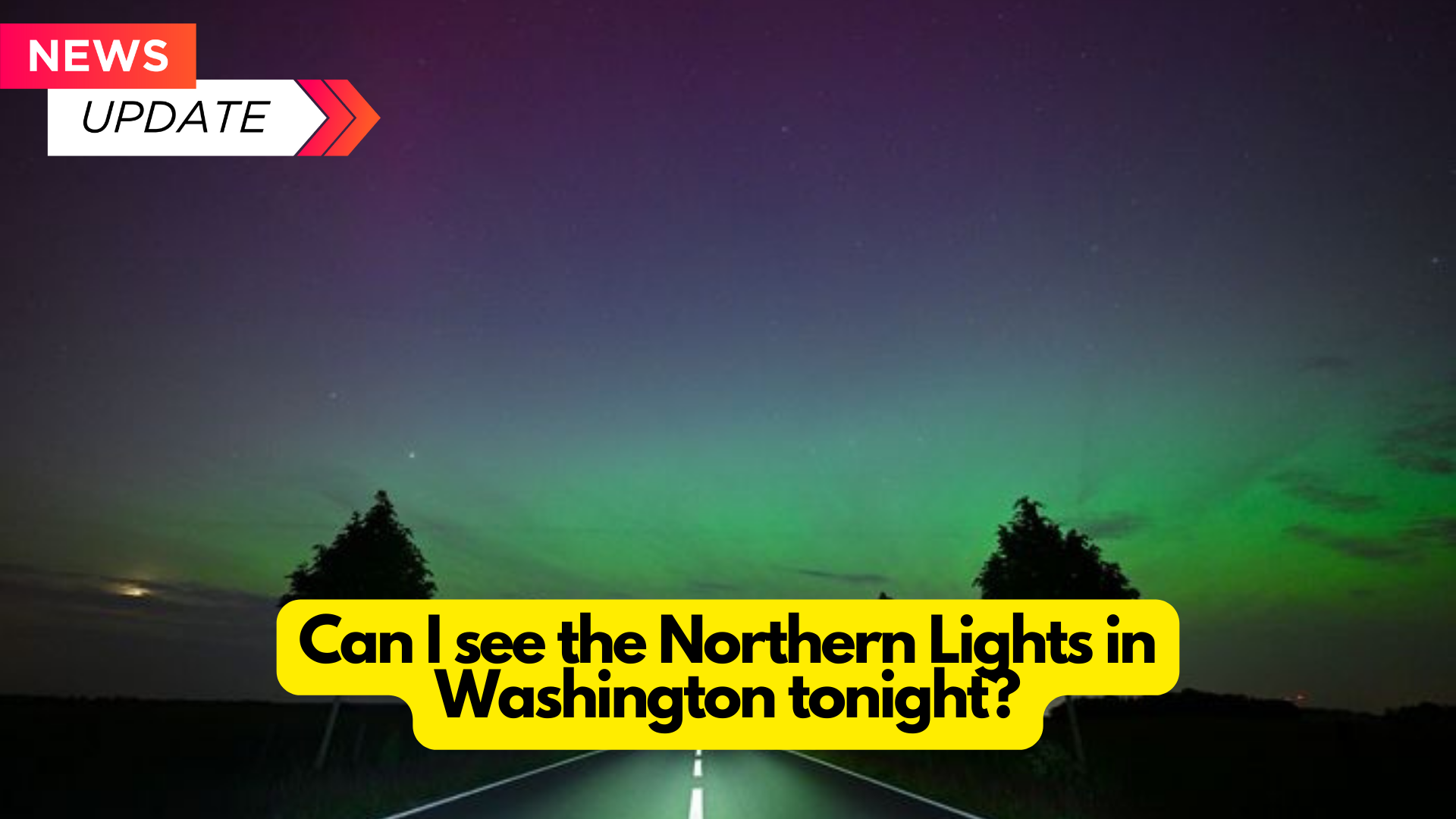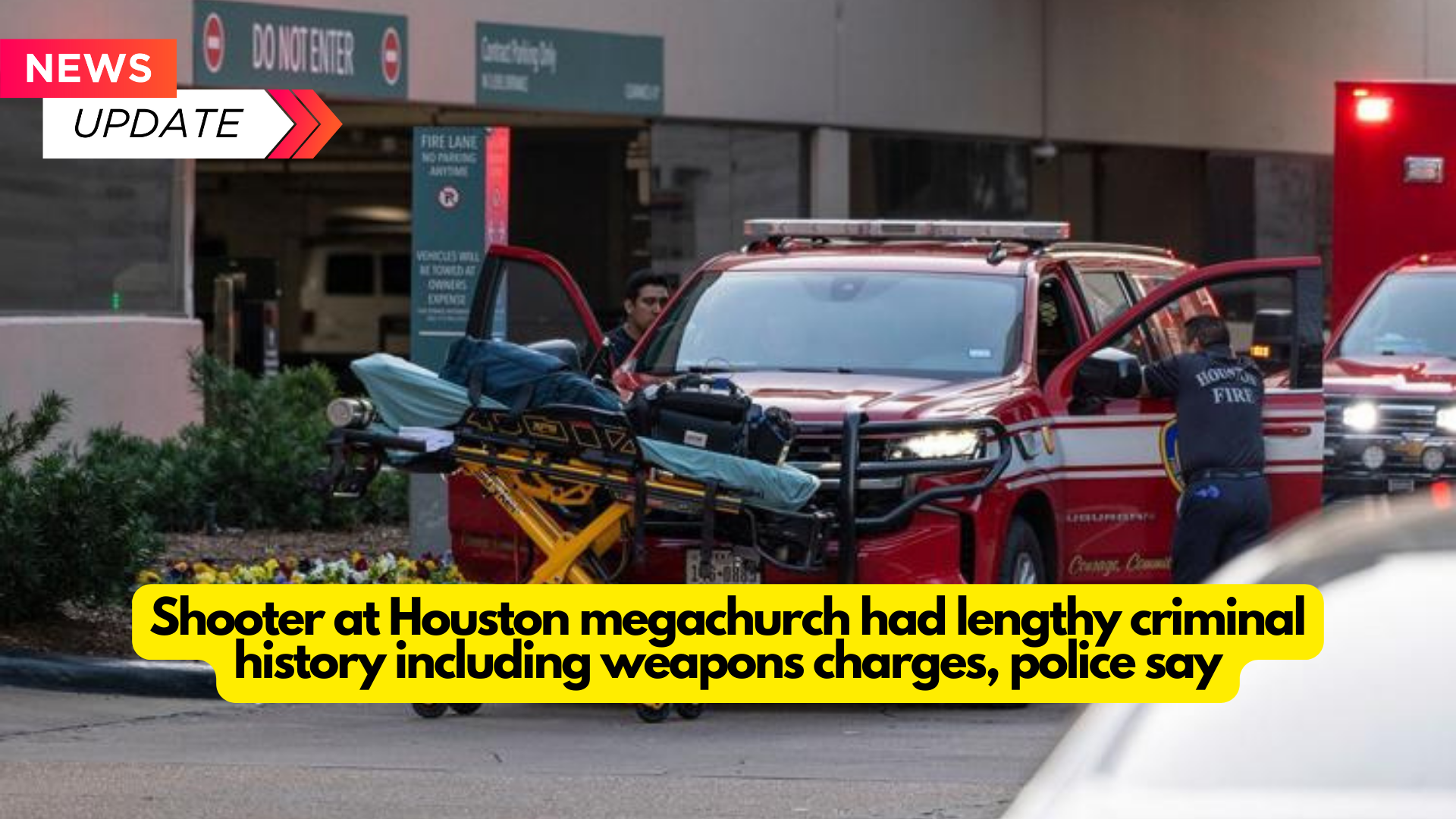This weekend’s strong geomagnetic storm will make the aurora borealis more visible. This is when your chances of seeing it could be the highest.
The Northern Lights, often known as the aurora borealis, may be visible in the Washington sky this weekend due to a strong geomagnetic storm, the National Oceanic and Atmospheric Administration’s (NOAA) Space Weather Forecast Center said. But it is contingent on the moment.
According to NOAA, the aurora borealis is a ring-shaped flash of color that appears in the sky when electrons trapped in Earth’s magnetic field are accelerated by the solar wind and crash with atoms in the atmosphere. The collisions occur around the magnetic pole of the planet.
Table of Contents
ToggleHow can anything like this occur?
NASA claims that solar storms are what cause auroras. The sun can push electrified plasma toward Earth during coronal mass ejections (CMEs), a type of storm that sends energy and tiny particles down magnetic field lines. Particles and atmospheric gases can combine to create light-filled sky images.
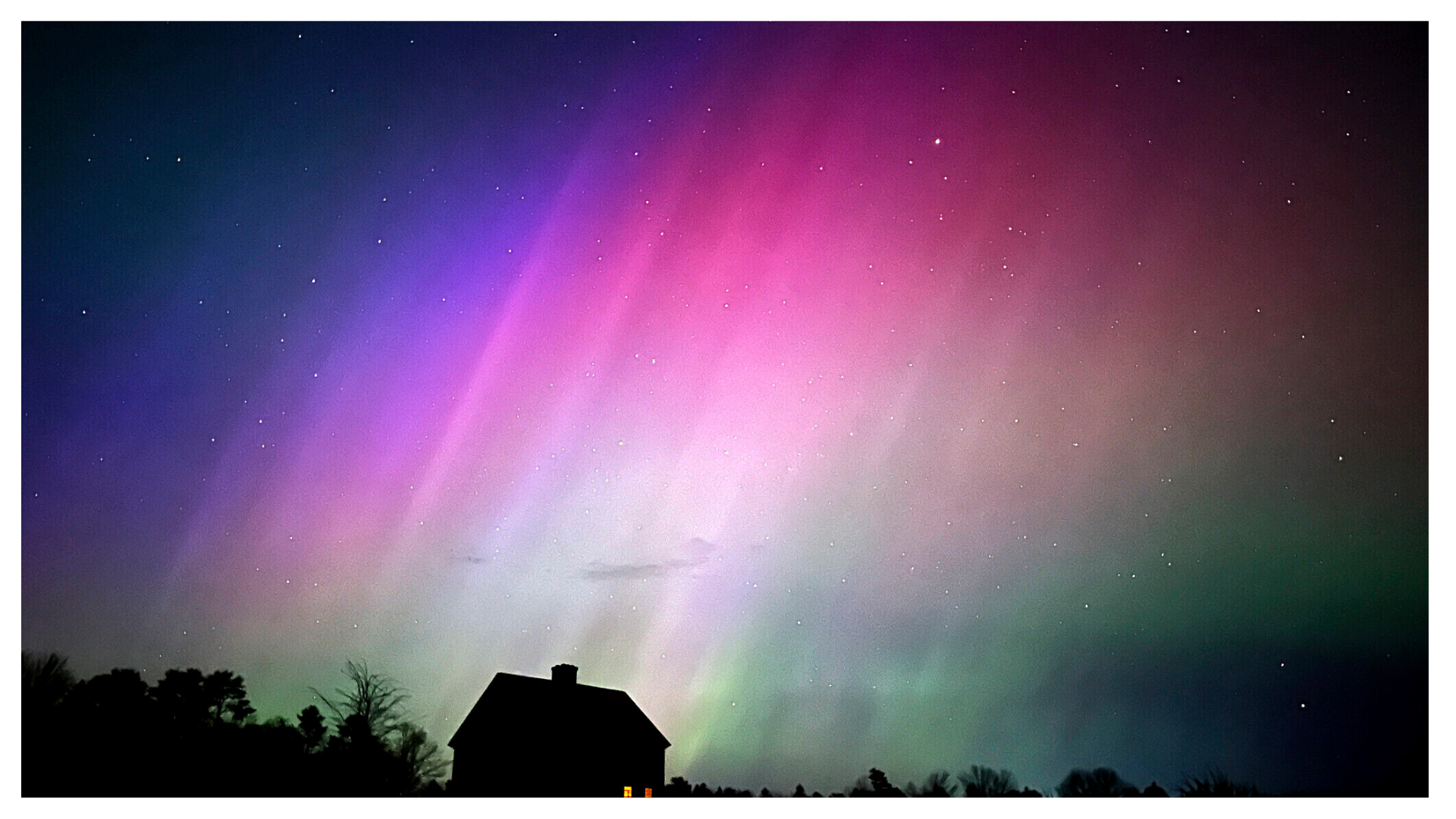
According to one forecast model, three CMEs may merge to create a “Cannibal CME.” When the Cannibal comes on May 11, that’s when NOAA predicts the storm to occur.
The likelihood of seeing an aurora in Washington is dependent on the storm’s power, according to KING 5 Meteorologist Rich Marriott.
“The stronger the storm, the more it pushes the aurora away from the magnetic poles—ffurther south to where we live,” Marriott stated. “Your chances of seeing the magnetic pole increase with your northward location. Because Alaska is so close to the magnetic pole, auroras are frequently seen there.”
Will the Northern Lights be visible in Washington then?
On Saturday, there could be an aurora borealis above Washington. Rich Marriott of KING 5 claims that, in contrast to an eclipse, it is impossible to forecast when an aurora will appear. Magnificent vistas were shown on Friday night, peaking far into Saturday morning.
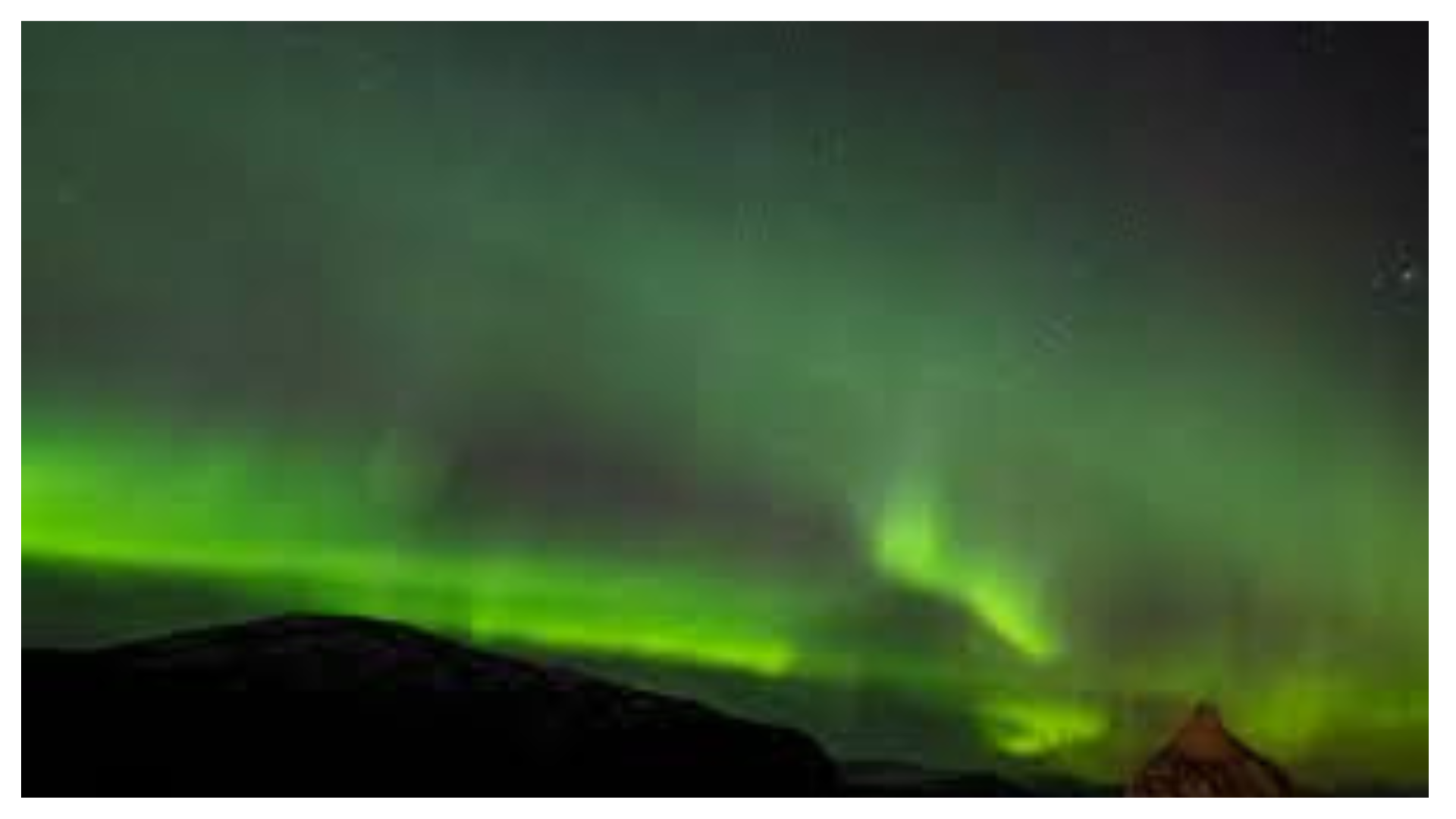
The storm is predicted to be weaker as it continues into Saturday night. Through the weekend, the NOAA Space Weather Prediction Center predicts that severe (G4) conditions will persist. Most places should get little cloud cover; however, some may have nocturnal low cloud cover.
It’s critical to avoid urban light pollution if you want to observe the aurora borealis. Having a good view of the northern horizon is also ideal.
Photographer Tim Durkan described the sight as “life-changing” and “amazing,” referring to the emerald green lights dancing in the sky. “Once you see them, it’s like an eclipse—you have to keep going back over and over again, so I’m very excited about tonight.”
If you’re a first-time photographer and want to take a picture, he suggests using a tripod and shutter release to minimize camera shake. According to him, lights in very polluted locations may look more white in person but will appear more green when captured on video.
He exhorts people to savor each moment to the fullest.
“There’s two things I love to do with the Northern Lights—get the photo, of course, but its also a moment to just commune with nature,” Durkan stated. “You take five minutes to see something, and imagine what they thought 500 or 1,000 years ago when they saw this event going on.”
Durkan uses Instagram to share the pictures he shoots.
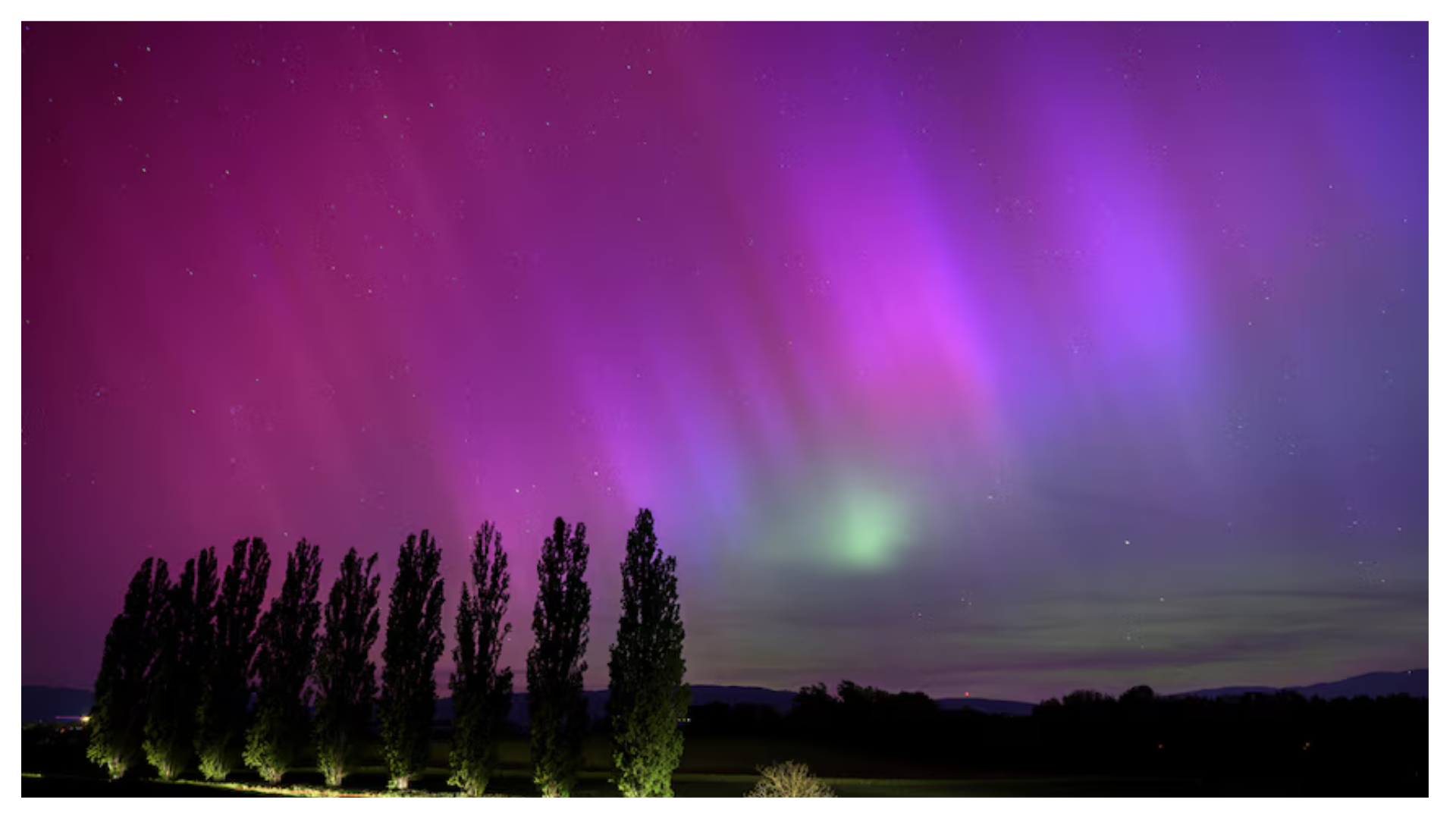
The Kp index is used to measure the aurora borealis.
- The Kp index is a scale from 0 to 9 that is used to quantify aurora activity. This viewing scale is shared by NOAA’s recommendations for seeing the aurora:
- The aurora will be located far north, have a very low intensity, and be rather inactive for Kp values between 0 and 2.
- When Kp falls between 3 and 5, the aurora will recede from the poles. There will be an increase in auroral activity (motion and formations) and brightness. These auroras may be really beautiful to gaze at if you are in the proper location.
- The aurora will travel even further away from the poles and become fairly brilliant and active for Kp in the range of 6 to 7. It might be possible to observe the aurora from the northern border of the United States at this level of geomagnetic activity.
- The aurora will go much closer to the equator and intensify in brightness and activity for Kp between 8 and 9. The majority of individuals will be able to see the broad auroral oval during these occurrences, which provide the finest aurora. The northern states of the United States can view the aurora straight overhead at these elevations.
